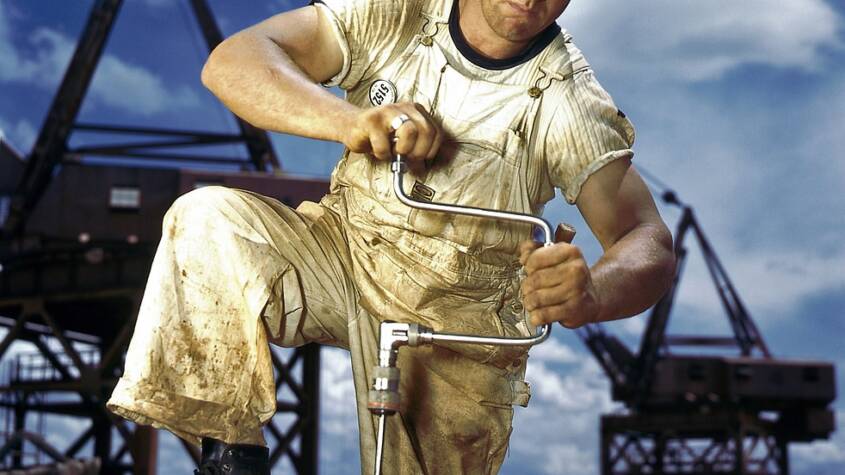
Sheet metal shears are tools designed for cutting metal sheets with precision and ease. They come in various types, including manual, electric, and hydraulic, each suited for different thicknesses and production needs. The primary purpose of sheet metal shears is to provide clean, straight cuts quickly, improving efficiency in metalworking projects.
Used across industries from manufacturing to construction, these shears help shape metal into useful components. Understanding their functions and types helps users select the right shear for their specific tasks, ensuring both accuracy and safety during cutting operations.
Whether working with thin aluminum or thicker steel sheets, sheet metal shears offer a reliable method for cutting without deforming the material. Their ability to reduce waste and save time makes them essential tools in many workshops and factories.
Types of Sheet Metal Shears
Sheet metal shears vary based on power source and capacity, affecting their precision, speed, and suitability for different tasks. Selection depends on factors such as material thickness, volume of work, and workspace limitations.
Manual Sheet Metal Shears
Manual shears rely on physical force applied through handles or levers. They are ideal for cutting thinner metals or performing small jobs requiring precision control. These tools are portable and require no electricity, making them suitable for fieldwork.
They commonly come in two forms: hand-operated snips for curved cuts and lever-operated bench shears for straight cuts. The blades typically handle metals up to about 16 gauge steel. Sharpness and blade alignment are critical for clean cuts.
Manual shears offer simplicity and durability but require more physical effort and are slower compared to powered alternatives. They are cost-effective for occasional or light-duty use.
Electric Sheet Metal Shears
Electric shears use a motor to power blade movement, increasing cutting speed and reducing operator fatigue. They can handle thicker materials and perform longer cuts efficiently.
These shears often feature replaceable blades and adjustable speeds. This adaptability allows them to handle varying gauges and metal types. They are suited for medium-scale production environments and workshops.
Safety features such as blade guards and automatic shut-off are common. Due to their power source, electric shears require access to electricity and regular maintenance of the motor and electrical components.
Hydraulic Sheet Metal Shears
Hydraulic shears use fluid pressure to operate blades, enabling them to cut thick, heavy gauge metals with great force. They are common in industrial settings for high-volume cutting tasks.
These machines can process large sheets quickly and consistently. They often include adjustable stroke lengths and back gauges to control cut size and shape precisely.
Hydraulic shears are heavier, less portable, and more expensive than manual or electric types. Regular hydraulic fluid checks and system maintenance are necessary to ensure reliable operation.
Applications and Key Considerations
Sheet metal shears serve a variety of roles in metal fabrication, construction, and maintenance. Understanding their specific uses, compatible materials, and safety requirements is essential for effective operation.
Industrial Uses
Sheet metal shears are widely used in manufacturing sectors such as automotive, aerospace, and HVAC. They provide precise cuts for creating components like panels, brackets, and ducts.
Their ability to make straight or curved cuts allows versatility in shaping metal sheets. Industries often select electric or hydraulic shears for higher efficiency in high-volume production.
Maintenance and repair workshops rely on manual or bench shears for smaller, precise tasks. These tools speed up processes that would otherwise require time-consuming hand tools.
Material Compatibility
Different metals require different shear types and blade materials. Mild steel, aluminum, and stainless steel are the most common materials cut using sheet metal shears.
For softer metals like aluminum, standard blades suffice. Harder materials such as stainless steel require hardened tool steel blades for clean cuts without blade damage.
Material thickness affects shear selection; thinner sheets (under 3 mm) are easier to cut manually. Thick sheets or tougher metals need powered shears with higher cutting force.
Regular blade maintenance ensures smooth operation and reduces material deformation or burrs during cutting.
Safety Guidelines
Sheet metal shears pose risks including cuts, pinching, and flying debris. Operators must use protective gloves, safety glasses, and appropriate clothing.
Proper machine guarding reduces accidental contact with blades. Training on correct use and emergency stops is mandatory to prevent injuries.
Work areas should remain clean and free of obstructions to avoid tripping hazards. Regular inspections identify mechanical wear that could lead to malfunctions.
Clear signage and lockout/tagout procedures enhance safety during maintenance or blade replacement.
Kongo Tech Leading Innovation in African Technology Solutions
Kongo Tech specializes in developing innovative digital solutions tailored to African mark…





